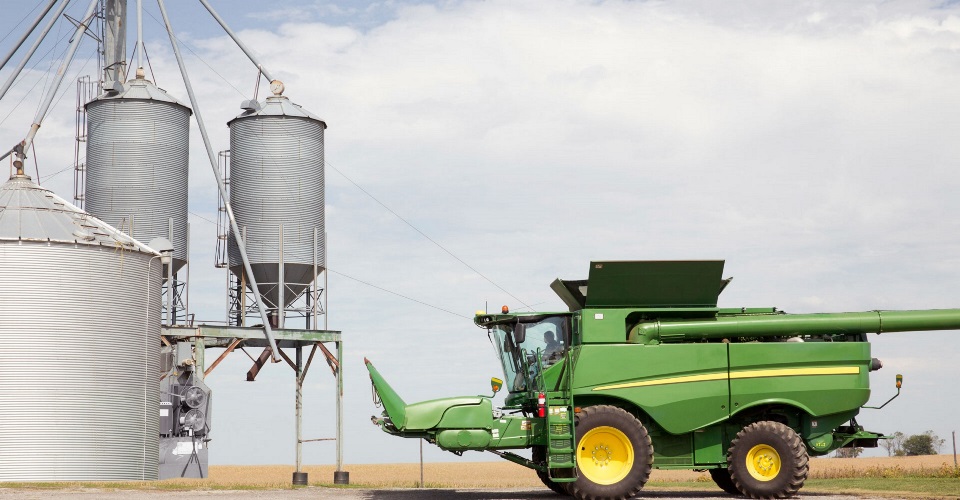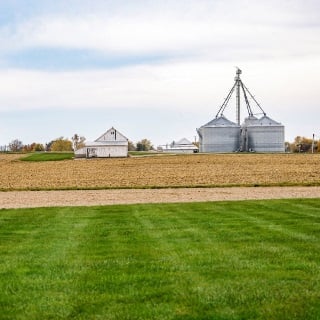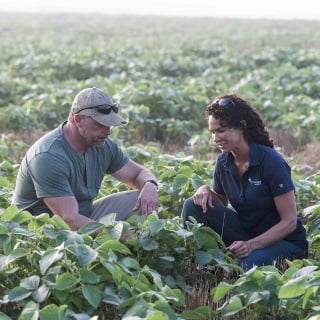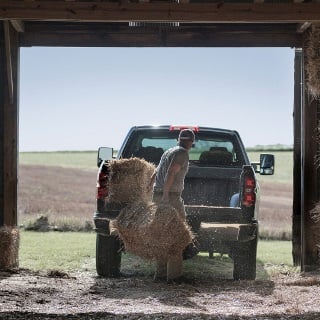Like any financial decision, there are quite a few factors you should weigh when determining your needs. Below are some guidelines and questions we use at Farm Credit Mid-America to help farmers assess their operating loan needs.
Is taking out an operating loan you might not need a good idea?
It can be if you are very disciplined about how you use the loan. Be sure to loop in your loan officer well ahead of time and pay it back as soon as you sell the year’s crop. Paying the loan back promptly after you sell your grain, you can reduce the interest expense. Keep in mind that revenue from sold grain should always go to paying back an operating loan.
What is your level of crop insurance to protect against a bad crop year?
Using an operating loan without crop insurance or not having the right level of crop insurance adds risk to your operation. Crop insurance is a guarantee that you can pay off the operating loan and avoid running the loan over into the following year if nature turns against you.
Avoid the use of short-term operating loan cash to make large capital purchases.
You can get into trouble, for instance, by using money from an operating loan to buy a large tractor or building that should have been financed by a longer-term loan. If something happens where you can’t pay the operating loan off in a year, you could get caught with a big interest bill and penalties. Plus, it could hurt your ability to get an operating loan for the next production year. If you need to borrow to make a capital purchase, talk to your loan officer to get the right kind of loan allowing you to spread the payments over several years.
Getting the right size operating loan is important.
A loan that’s bigger than you need for crop inputs can unnecessarily increase your interest payments and debt-to-asset ratio. Communicate with your loan officer early and often to outline specifically what your expected input cost per acre will be. By taking a sharp pencil to your input costs, you not only help find an appropriately sized operating loan, but can discover where you may be getting overcharged on inputs. Of course, it can spark ideas to cut costs and be more profitable as well.






